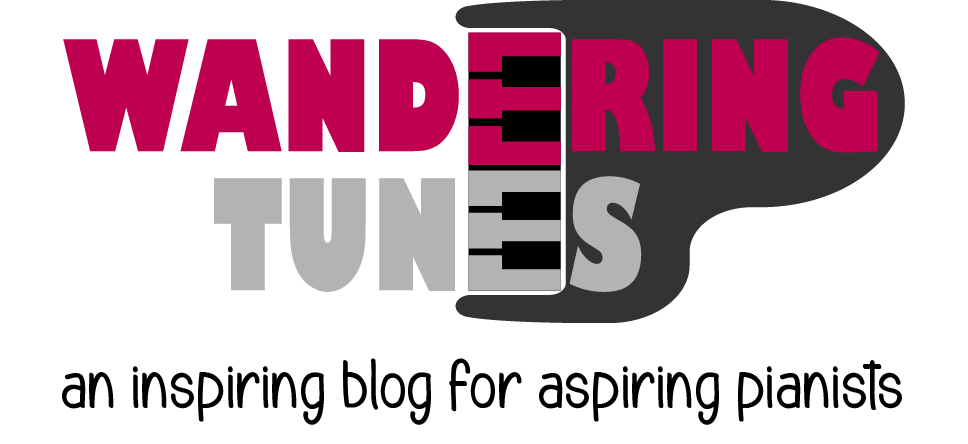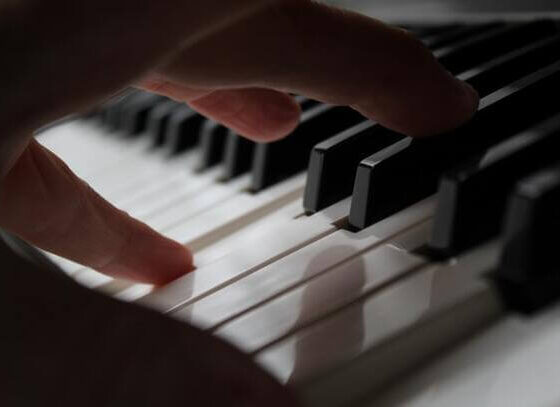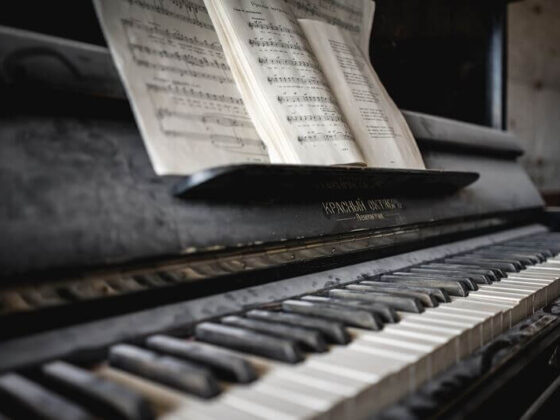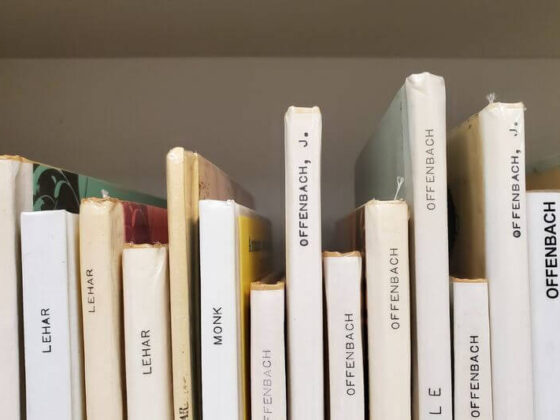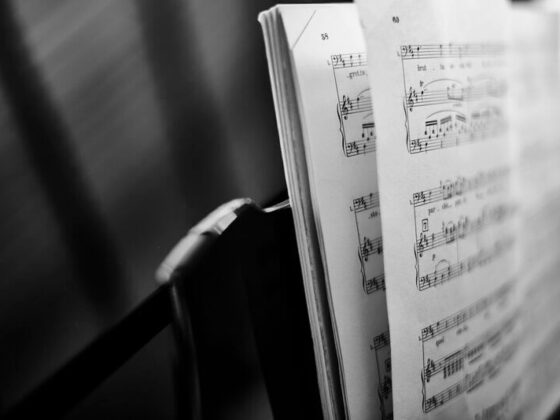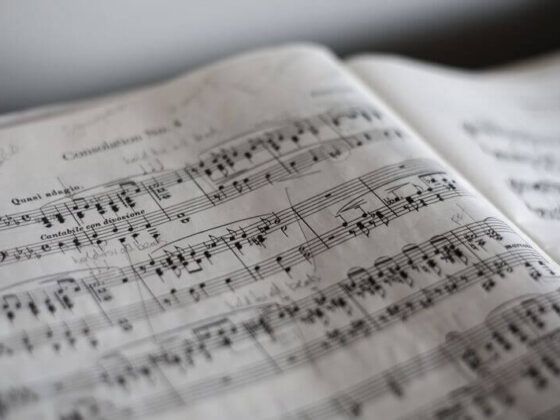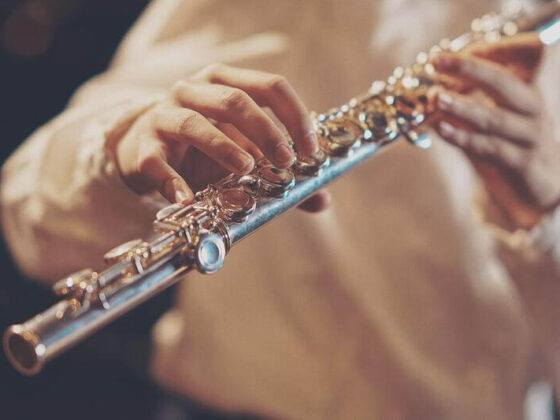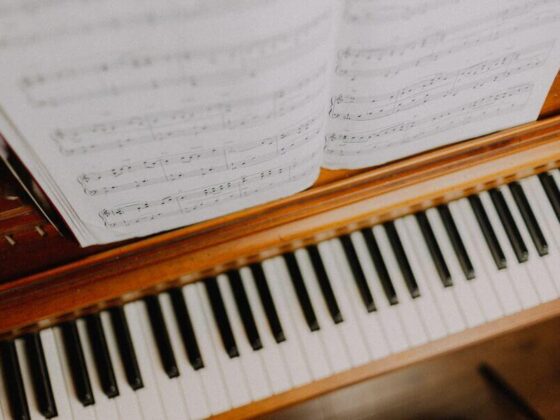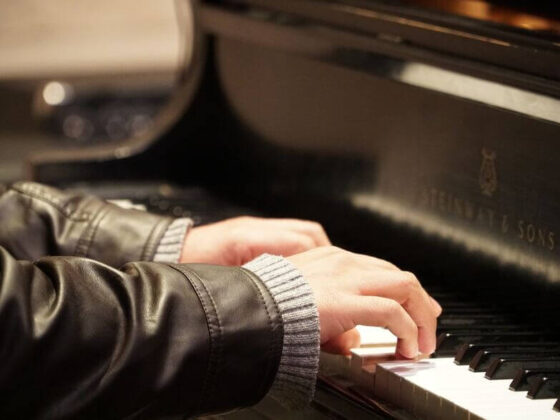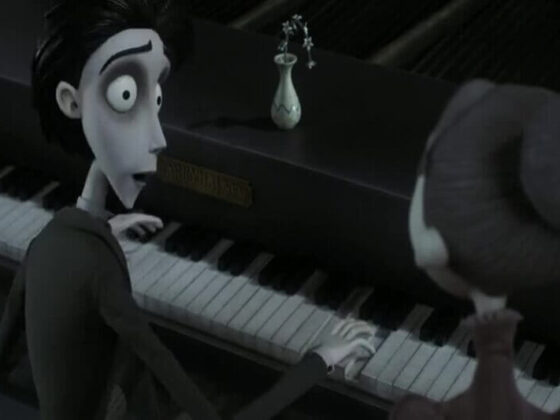Getting back to playing the piano after a hiatus, despite exciting, might feel overwhelming at first as it’s easy to get lost on where to start. Fortunately, the piano is one of the more forgiving instruments to learn after a long break.
Still, you need structure and patience to make the returning experience smooth and enjoyable, and relearning the piano with the help of books is indeed a perfect way to brush up your skills. For this reason, we’ve gathered these 15 best piano books for returning adults on the market after thorough research.
The post covers 3 categories of books: method, technique, and repertoire. For an efficient relearning experience, I recommend getting a book for each of these fundamental pillars of piano playing as each category aims to develop a different essential skill.
With the help of these books and a little bit of patience, you’ll get back to shape in no time!
Best Piano Method Books
I Used to Play Piano: Refresher Course
Relearning piano after years as an adult might feel overwhelming at first as you may not know where to start. If it’s been decades since you last touched a piano, chances are you don’t even remember where you left. This book was written specifically for adults who are returning to the piano after years to get them back on track.
It doesn’t matter if you were a beginner or an advanced player back then. The quizzes and review sections will guide you on which level in the book you should start with. Therefore, you will lose no time with too basic or advanced concepts. You’ll be able to immediately jump to the unit that best matches your ability level.
From jazz to classical arrangements, the book also features a wide variety of music as along with helpful exercises at progressing difficulty levels.
What I like else about this book is that it’s super convenient and fun to follow. The book comes with a CD which helps you play at the correct tempo and tune without the presence of a teacher. The comb binding of the book is also a big plus as it can stay flat on the music stand, which makes practicing much more convenient and enjoyable.
Returning to the Piano: A Refresher Book for Adults
This is another fantastic book helping the returning pianists to refresh their skills with easy arrangements of famous tunes from a wide variety of musical styles.
This book is more like a songbook rather than an instructional book. It helps you regain your skills by making you learn a wide variety of songs rather than teaching you how to play them. In this sense, it has a very practical approach.
But it’s also not a traditional songbook as it doesn’t leave you alone with the sheet music. There are practice tips, music theory explanations and rhythm exercises to help you refresh not only your muscle memory but also theoretical and technical knowledge.
The book features a wide range of musical styles including classical, movie themes, folk, and the author’s original pieces. The songs in the book are arranged specifically to match returning adults’ needs. The arrangements are mostly simple, yet they sound incredible and challenging enough to keep an adult motivated.
The book also gives you access to two different types of online audio files: one to practice (slower) and the other one to play-along. These accompaniments will aid the returning pianists who wish to move at their own pace without a teacher.
Play it Again: Piano
This is another fantastic resource I can’t recommend enough for returning players. It was written by the acclaimed classical pianist, instructor, and author Melanie Spanswick specifically for the adults picking up the piano again after a break.
It is actually the first book of the author’s Play it Again: Piano series consisting of 3 books. This first book covers the levels from elementary to intermediate. There are four progressive sections in this book (elementary, late elementary, early intermediate, and intermediate) and each section contains seven pieces in a wide variety of styles ranging from ragtime to classical.
There are two full pages of special notes for each piece, indicating practice tips, preparatory exercises (scales and arpeggios in the piece’s key), interpretation tips, music-theory diagrams and charts, and useful technical exercises for the piece.
These accompanying notes for each piece are incredibly valuable as they help you learn the music much more effectively. If you remember reading notes even at a basic level, I believe following this book will make your progress much quicker than other beginner books designed for first-time pianists.
Each book in the series continues where the previous book left off. Book 2, for example, starts from the intermediate level and finishes at late-advanced, and the third book continues from there. If you’re a confident pianist, you can start right off with Book 2, although there is a wealth of information in Book 1 that is likely to add a lot of value to a returning player.
All in all, this is an invaluable resource that will get you back to playing with an incredibly fun and effective approach.
Piano 2nd Time Around: A Refresher Piano Course for Adults
If you’re looking for an all-in-one and comprehensive book to guide you through every aspect of relearning the piano, then this book is the best one you can get.
Including instructions on music theory, technical exercises/etudes, review sections, and an incredible song selection of various musical styles, this book is so complete that you’ll barely need to purchase any additional material.
There are musical tests at the beginning to determine which level you’re currently at. Once you have a starting point, the sections get progressively more difficult as you proceed through the book.
Overall, I believe this comprehensive resource is a must-have in every returning pianist’s library.
Faber’s Adult Piano Adventures All-in-One
If you feel like you need a complete refresher starting from the most basics, then you might consider Faber’s Adult Piano Adventures series. This comprehensive book covers lessons, theory, technique, and pieces in a single volume, so you have everything you need to fill in the gaps in your memory.
As in most Faber series, the book contains a great song selection from a wide variety of musical styles, which makes practicing more exciting.
This book is best for those who have forgotten the fundamental skills and knowledge such as sightreading or basic music theory. However, given that you’re not a first-time learner, I believe your progress will be relatively fast.
Once you reestablish the fundamental skills through these first-timer books, I recommend moving on with the books specifically designed for returning pianists as they’ll keep you more engaged than these beginner ones.
Alfred’s Adult All-In-One Course
Alfred’s All-in-One course is another incredible resource for those who want a solid review of basics and wants to progress from the start step-by-step. Just like Faber’s books, Alfred’s books are also highly regarded among players and instructors for their rich and innovative approach to piano teaching.
Covering lessons, technique, and theory in a detailed manner, this book is incredibly comprehensive and structured. It progresses in a logical and organized way where each new section is built on top of the previous one.
Overall, it’s more thorough than Faber’s book above, hence taking more time to complete. It’s also focused more on teaching chordal playing (good for popular music) while Faber’s focus is more on melodic playing in both hands (good for classical music), so that’s another difference between the two books to consider if you’re not sure which one to go with.
Alfred’s Self-Teaching Adult Piano Course
Another Alfred’s book geared towards adults, this book was published after the immense popularity of Alfred’s All-in-One Course mentioned above. While the content is almost the same in two of the books, this one is written specifically for self-teaching adults. For this reason, it has much more detailed instructions to provide you with all the guidance you need to progress without a teacher.
Indeed, both books can be followed without a teacher as all of the chapters are quite comprehensive and detailed. However, if you prefer to relearn the piano as if you’re learning it for the first time with the guidance of a teacher, then this book might serve you better.
In short, I highly recommend either of Alfred’s books to the returning pianists who’re looking for a comprehensive resource to re-establish their piano skills once and for all.
Piano & Keyboard All-in-One For Dummies
Although I’m not a returning pianist, I’ve always been a big fan of these dummies series related to musical topics. I’ve used Piano for Dummies (this one), Classical Music for Dummies, and Music Composition for Dummies, all of which have added tremendous value to my musical progress. I believe this book in particular holds a lot of value for returning piano players as well.
Among other piano method books, this one is probably the most comprehensive as it includes six different books in a single volume. It covers a wide variety of topics from music theory to keyboard technology, and this is why I think this book is a better fit for a returning player rather than a first-time pianist.
There is so much covered in a single book that a complete beginner may quickly get lost and overwhelmed, whereas a pianist who already has a foundation can greatly benefit from the variety and depth of topics.
I believe this book is not only great for reviewing the core concepts but also for keeping as a resource to refer back to for many years to come. Other than lessons, exercises, and music theory, it contains a lot of valuable information on keyboard technology, digital recording as well as different types of keyboards and pianos, which are overlooked in most other piano books.
Bastien Piano for Adults
Similar to Alfred and Faber, Bastien’s methods are also highly praised among the piano community for their rich content and step-by-step approach. This book is designed to teach an adult beginner the basics from scratch in an easy-to-understand and progressive manner. In this sense, this book makes a good review for returning players who’d like to have a quick refresher on fundamental concepts.
It’s generally used as supplementary material to another method book, although going through this book alone will be more than enough for a returning adult. If you’re looking for an alternative to Faber or Alfred’s books to have a good review of the basics, I think the Bastien method is a fantastic option.
This book teaches you how to play the piano from scratch with step-by-step lessons. Through various exercises and an excellent song selection, it also provides you with a solid understanding of music theory, technique, and sight-reading.
Best Piano Exercise Books
As you’ve been away from the piano for a while, your technique has most likely declined. Skills, technique, and dexterity can be easily lost when fingers become rusty due to a lack of practice.
However, it’s also easy to get back to shape again and even beyond if you take some time to practice piano exercises. The good news is that these exercises don’t need to take long hours. Over-practicing can result in muscle and chest pain, as well as bore and overwhelm you.
Just keep it fun. Get one of these exercise books below and go through a few of the exercises from it for 5-10 minutes every time before practice. You’ll be surprised at how quickly you can rebuild your technique.
A Dozen A Day
You might already be familiar with A Dozen A Day books as they are among the most widely used and acclaimed piano exercise books since 1950. Each book in the series contains short, easy-to-digest, and fun exercises to teach a specific technical skill to the developing pianist.
Playing a few exercises from this book before your actual practice, you’ll quickly develop dexterity, hand coordination, sight-reading, and muscle memory.
What I like most about this series is that the little warm-up exercises take almost no time to complete and are incredibly fun. This makes the rebuilding of the technique feel effortless.
If you want to get back to shape with quick and easy yet effective exercises, this iconic series is a must-have.
Hanon: The Virtuoso Pianist
Without a doubt, Hanon is an irreplaceable classic standard when it comes to piano technique. First published in 1873, it’s regarded as one of the most important technique books in piano education.
Unlike A Dozen A Day series, Hanon exercises are long, intense, and repetitive as they aim to develop virtuosic ability. I’ve been practicing Hanon exercises for as long as I can remember and they have been the greatest help to me whenever I struggled with a weakness in my technique.
However, you don’t need to complete one exercise after the other in order. From beginner to the advanced repertoire, this book includes exercises for every technical challenge a pianist can confront. Let’s say you feel like you need to work on your wrist flexibility as it has gotten rusty. In this case, you can simply go and find the exercises addressing this specific problem and immediately start fixing it.
Overall, I believe Hanon exercises are vital if you want to rebuild a solid piano technique in an effective and systematic manner.
Czerny: Practical Method for Beginners
Czerny is another classic for piano technique, and some like it better than Hanon as the Czerny exercises are much more musical. Each exercise in Czerny sounds almost like a complete piece on its own, which makes practicing more fun.
However, Czerny does have its challenges. It’s geared towards intermediate to advanced pianists, so if you’re a returning pianist at a beginner level, I don’t recommend it at this point. Some of the pieces need incredible speed and relatively advanced technique, which a beginner would be better off avoiding.
Other than that, it’s a comprehensive book covering most of the technical challenges pianists encounter, though it’s still a little less complete than Hanon. If you’re a returning intermediate or advanced player and find the Hanon exercises too dull, then you have to give Czerny a try!
Best Piano Sheet Music Books
Learning new music is as vital as developing technique and theoretical knowledge as you pick up the piano again.
Building a repertoire will not only enhance your sightreading and overall performance skills but also keep you motivated. Each piece you learn will provide you with a clear sense of your progress.
For this, you don’t need much preparation. You can just take your old songbook off the shelf and start learning the songs in it right away.
But if you can spare a few minutes, I’ve listed the best sheet music books that I believe are perfect for returning adults. As every adult has a different musical taste and skill level, I’ve listed the best songbooks catering to the needs of every type of player.
Big Book of Beginner’s Piano Classics
If you’re a returning adult at a beginner level and would like to get yourself familiar with classical music again, then look no further. This fantastic compilation features 83 simplified arrangements of the most famous piano classics, including numerous pieces from Bach, Mozart, Chopin, Tchaikovsky, and many more.
Despite featuring beginner arrangements, this compilation is also perfect for more advanced players to practice sightreading and re-acquaint themselves with classical music.
I believe this is the best beginner classical piano songbook for returning players as the arrangements in the book are incredibly high-quality and the overall song selection is just excellent. MP3s that come with the book also help you hear how the music should sound so that you can adjust your dynamics or tempo, hence improving your accuracy.
Primo Piano: Easy Piano Music for Adults
This is one of my favorite songbooks that I honestly can’t recommend enough. It features a diverse selection of 55 piano arrangements specifically made for adults to inspire and motivate them. From classical pieces to famous folk tunes, the book contains a wide variety of musical styles.
The increasing level of difficulty in this book makes it ideal for returning adults, in my opinion. The beginning of the book features very easy arrangements, and they get increasingly more advanced as you progress through the book. I think this progressive nature combined with the diversity of songs is incredibly effective for keeping a returning pianist motivated and engaged.
Another thing I like about this book is that even the easiest arrangements sound sophisticated enough so that players can get the most enjoyment and fun. There are also audio files for each piece to guide the returning player on how it should sound.
All in all, I believe this book is definitely worth the buy it if you’re picking up the piano again.
55 Of The Most Beautiful Classical Piano Solos
Featuring 55 beautiful classical piano pieces from the greatest composers, this book is ideal for those who are returning to the piano at an intermediate level.
You might have been at an intermediate/advanced level when you stopped playing. In this case, it might be better for you to continue from the level you left off instead of going back to the easiest repertoire again.
The intermediate-level arrangements in this book will hasten your return to the piano, and the beautiful song selection will allow you to rebuild an outstanding classical repertoire.
Highly recommended!
These were some of the best piano books for returning adults. While relearning the piano after years might be challenging at first, we hope these books will ease up the process for you.
And, if you have any questions regarding these books for relearning piano, post your question in the comments below and we’ll be more than happy to help you.
